This Newly Discovered Ancient Galaxy Could Change How We Understand Our Galaxy
Exciting space news has been flooding everyone’s social media. While the United States is refocusing itself on human exploration of the moon, we are more interested in exploring this newly ancient galaxy.
But what exactly is the ancient galaxy, and why is this latest discovery so important for us to learn about our modern galaxy? Let’s get into it.
What Is an Ancient Galaxy?
In a broad sense of the term, the ancient galaxies are ones that formed very early in the history of the Universe billions of years ago. These distant and ancient galaxies are extremely interesting to astronomers because they offer insight into the early Universe.
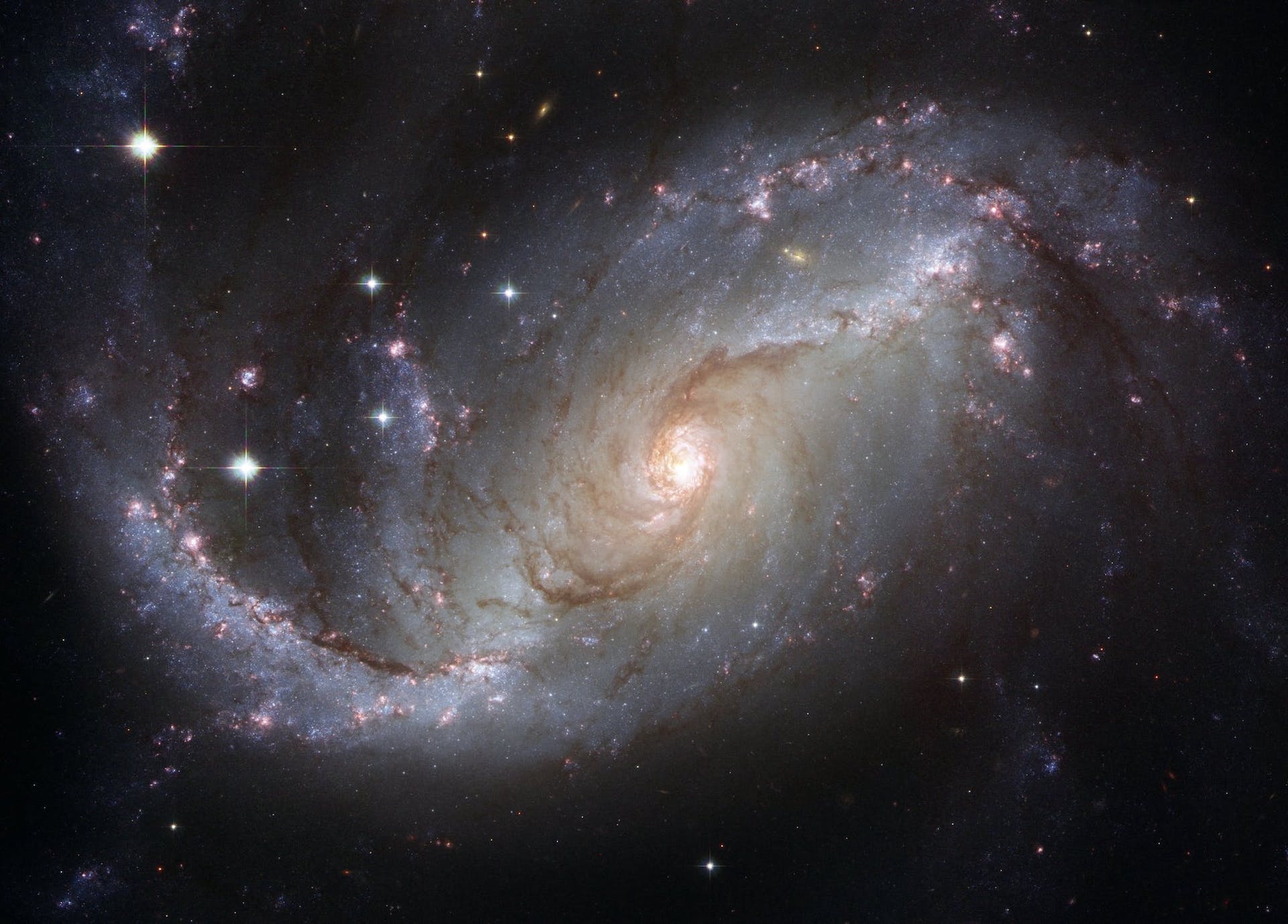
Source: Pixabay/Pexels
These ancient galaxies also hold significance because they can provide information about the formation of galaxies.
What Is the Oldest Galaxy in the Universe?
In 2012, researchers deemed SXDF-NB1006-2 the oldest known galaxy upon its discovery. However, the oldest known galaxy as of the time of writing belongs to JADES-GS-z13-0.
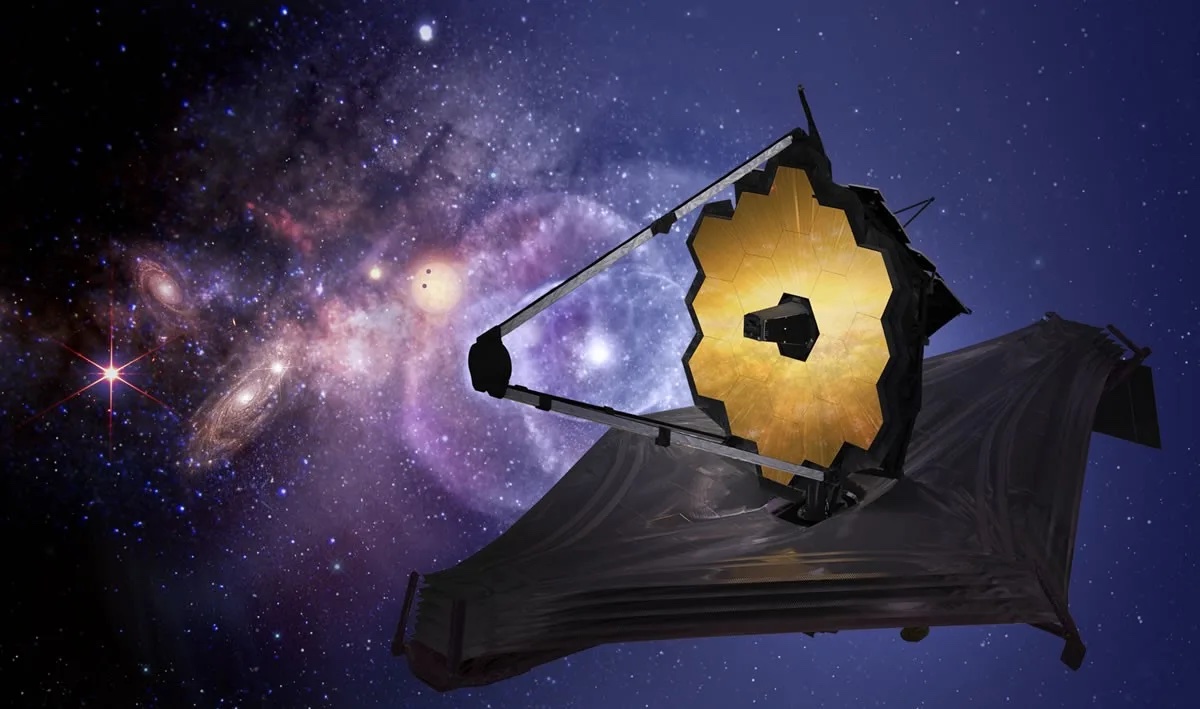
Source: NASA
The James Webb Space Telescope (JWST) discovered this galaxy in 2022, estimating its formation to have occurred 330 million years after the Big Bang, the physical theory describing the universe’s expansion nearly 13.8 billion years ago.
The Discovery of an Ancient Galaxy
The James Webb Space Telescope (JWST) has discovered a new ancient galaxy, named Firefly Sparkle, according to a paper published in Nature (via SciTechDaily.com). This discovery adds to the JWST’s ongoing mission of finding and studying ancient galaxies, even though JADES-GS-z13-0 remains the oldest known galaxy to date.
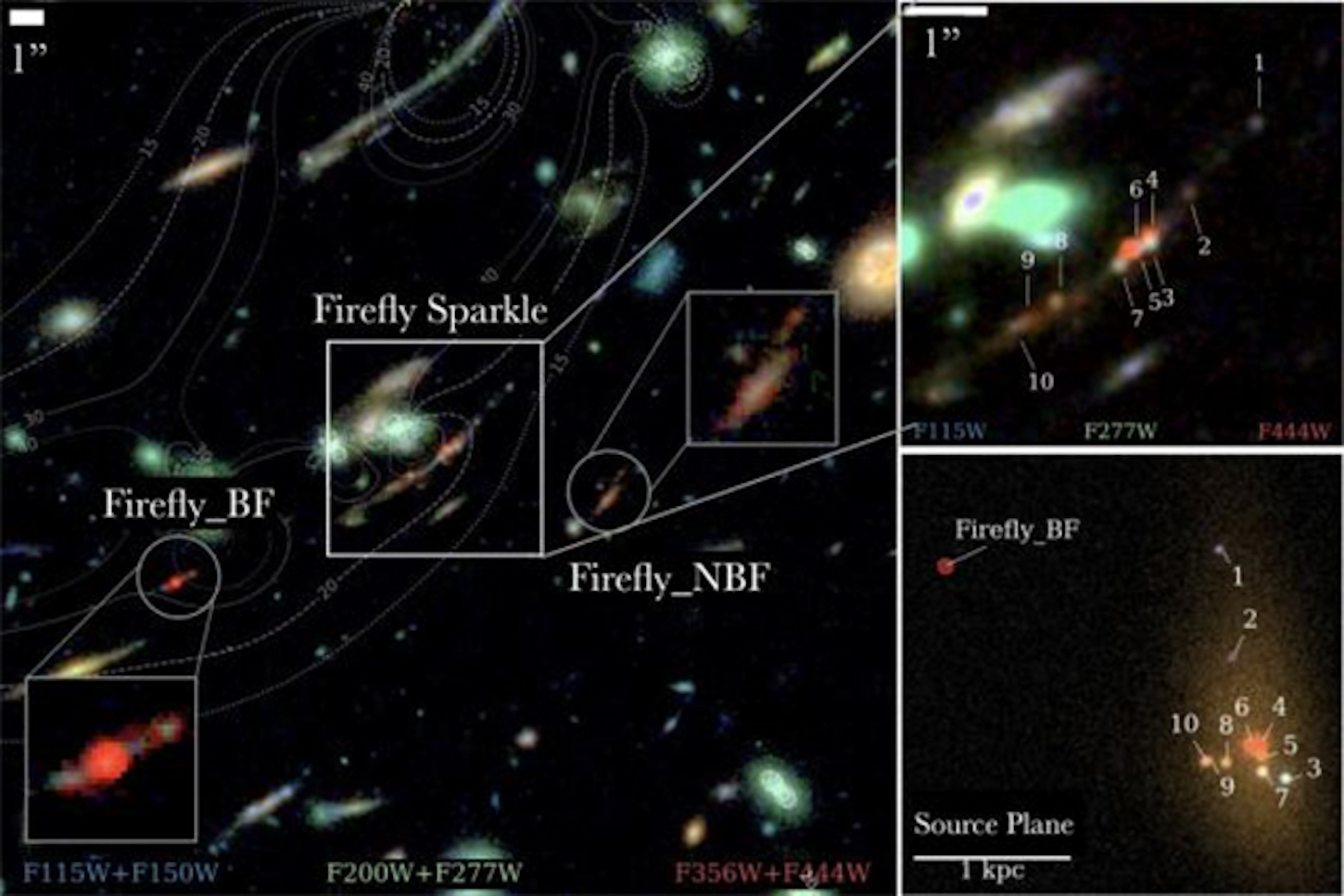
Source: NASA
“We’ve been chasing this particular galaxy for seven years and spent hours observing it with the two largest telescopes on earth to figure out how old it was,” Swinburne University of Technology’s Distinguished Professor Karl Glazebrook, who led the study, said. “But it was too red and too faint, and we couldn’t measure it. In the end, we had to go off the Earth and use the JWST to confirm its nature.”
What Does Firefly Sparkle Teach Us About the Universe?
“We are now going beyond what was possible to confirm the oldest massive quiescent monsters that exist deep in the Universe,” Dr. Themiya Nanayakkara, who led the spectral analysis of the JWST data, said.
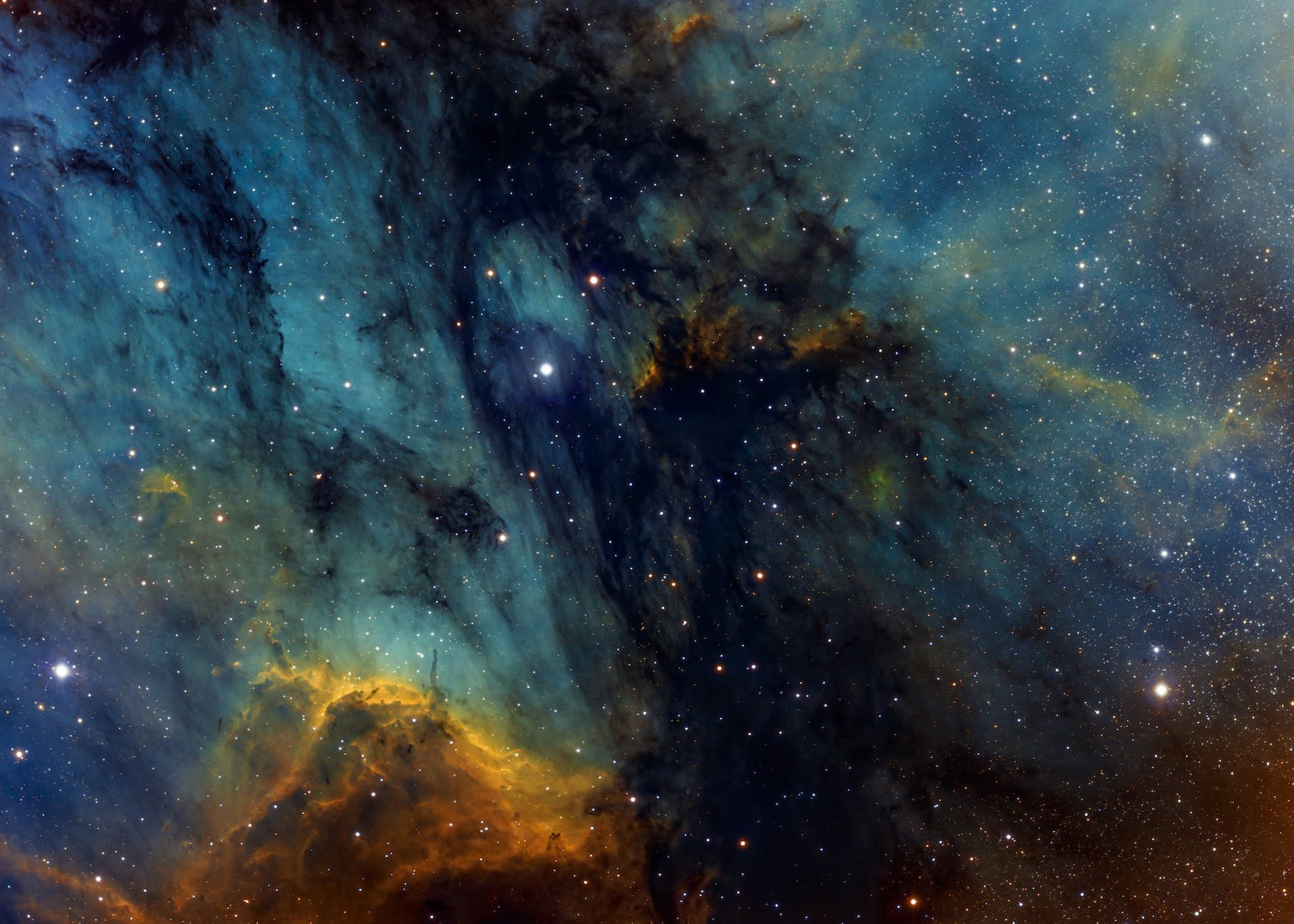
Source: Robert Gruszecki/Pexels
Dr. Nanyakkara continued: “This pushes the boundaries of our current understanding of how galaxies form and evolve. The key question now is how they form so fast very early in the Universe and what mysterious mechanisms lead to stopping them from forming stars abruptly when the rest of the Universe doing so.”
How Does Dark Matter Influence Galaxy Evolution?
The JWST can effectively see back in time to the beginning of the Universe to examine structures that would eventually become as massive as the Milky Way or larger. But how did these galaxies grow in size?
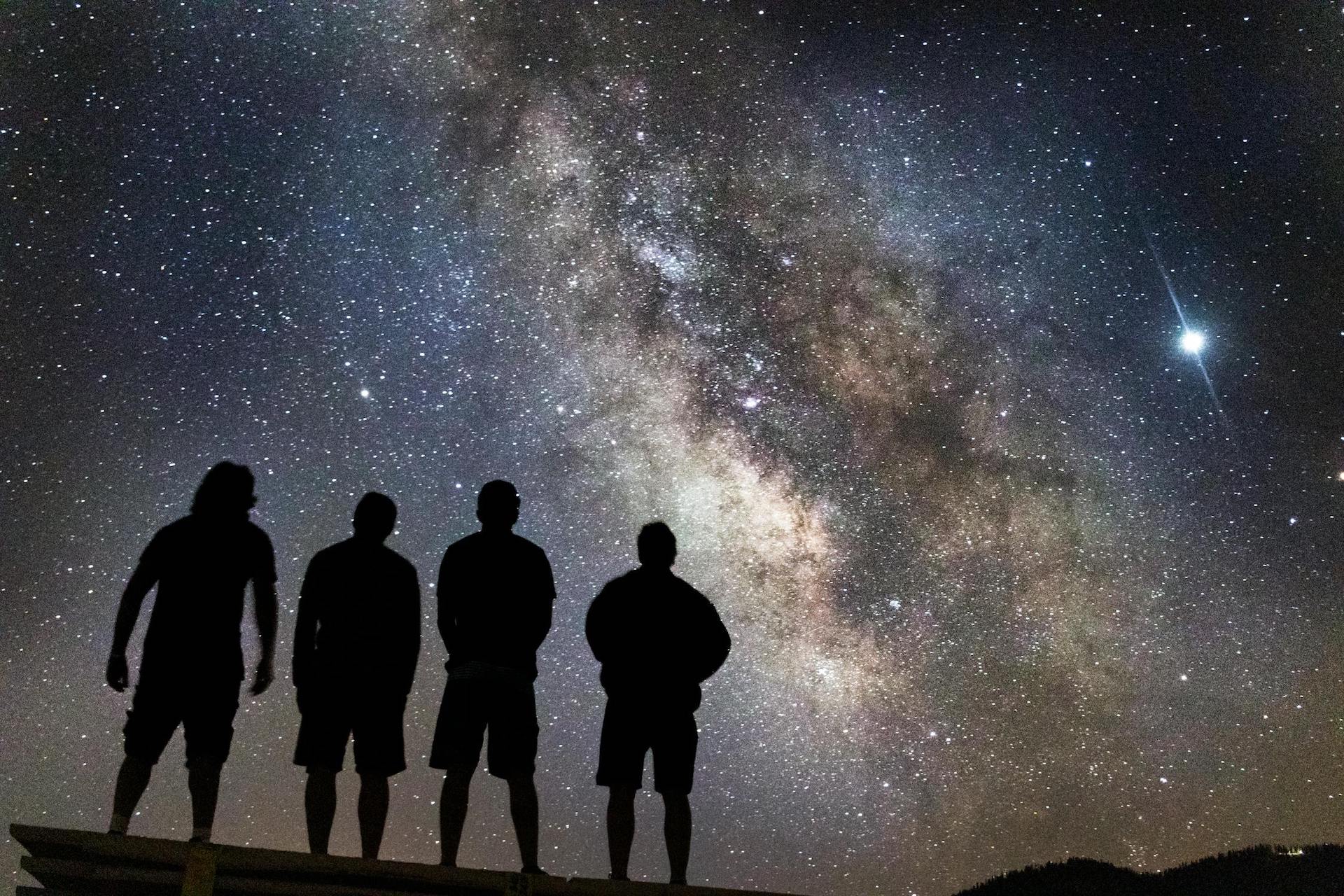
Source: Kendall Hoopes/Pexels
The answer lies in dark matter, an invisible type of matter that makes up about 85 percent of the matter in the Universe. While its exact nature is unknown, researchers believe it plays a crucial role in a galaxy’s formation and expansion.
Challenging the Standard Model of Cosmology
“Galaxy formation is in large part dictated by how dark matter concentrates,” said Associate Professor Claudia Lagos from the University of Western Australia node of the International Centre for Radio Astronomy Research (ICRAR). Her role was crucial in developing the theoretical modeling of the evolution of dark matter concentrations for the study.
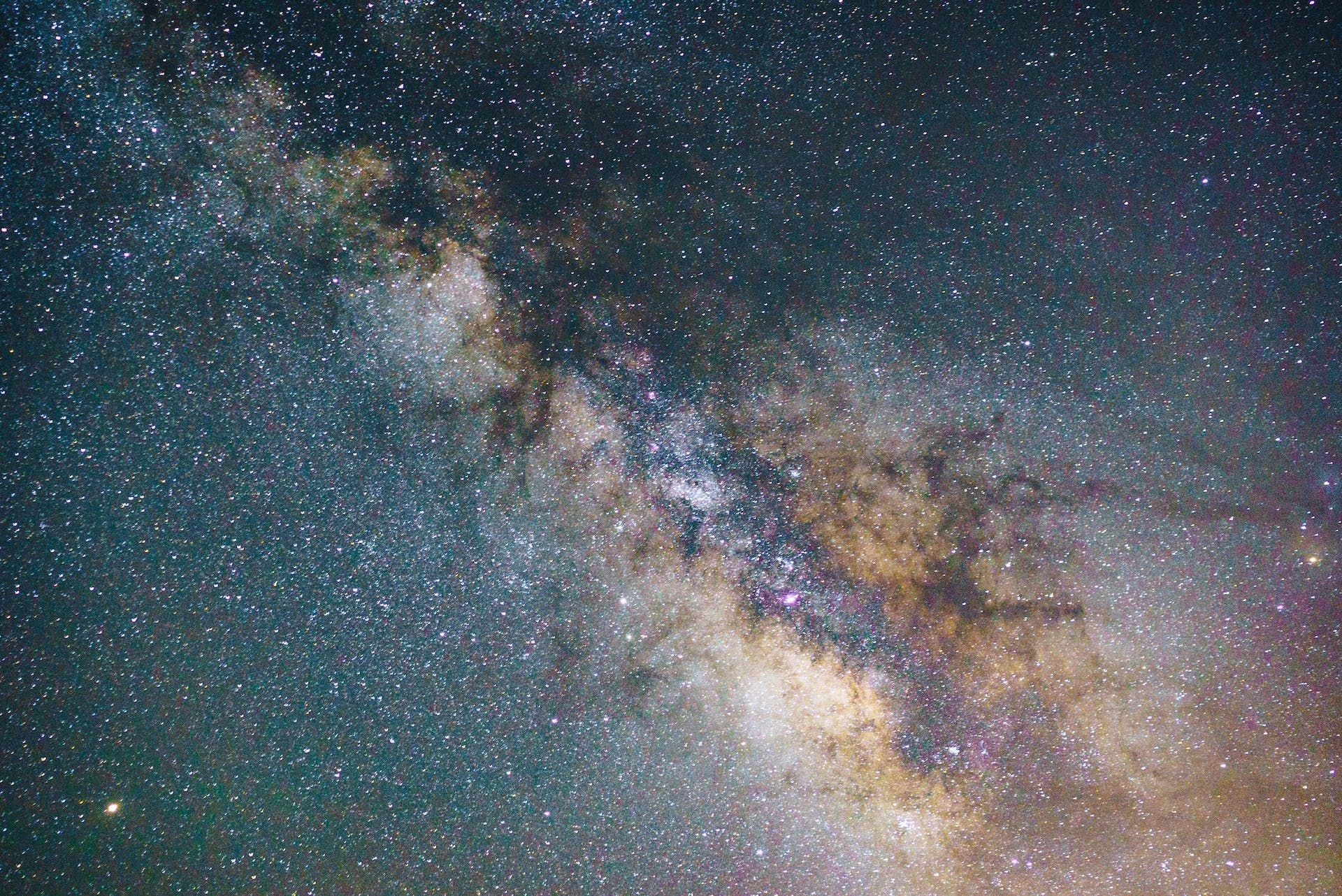
Source: Jacub Gomez/Pexels
Dr. Lagos continued: “Having these extremely massive galaxies so early in the Universe is posing significant challenges to our standard model of cosmology. This is because we don’t think such massive dark matter structures as to host these massive galaxies have had time yet to form. More observations are needed to understand how common these galaxies may be and to help us understand how truly massive these galaxies are.”
The Evolution of a Galaxy from the P.O.V of Firefly Sparkle
While JWST is a powerful telescope that can reach ancient galaxies, Firefly Sparkle is only visible through the gravitational lensing of a massive cluster of galaxies between it and the Milky Way.
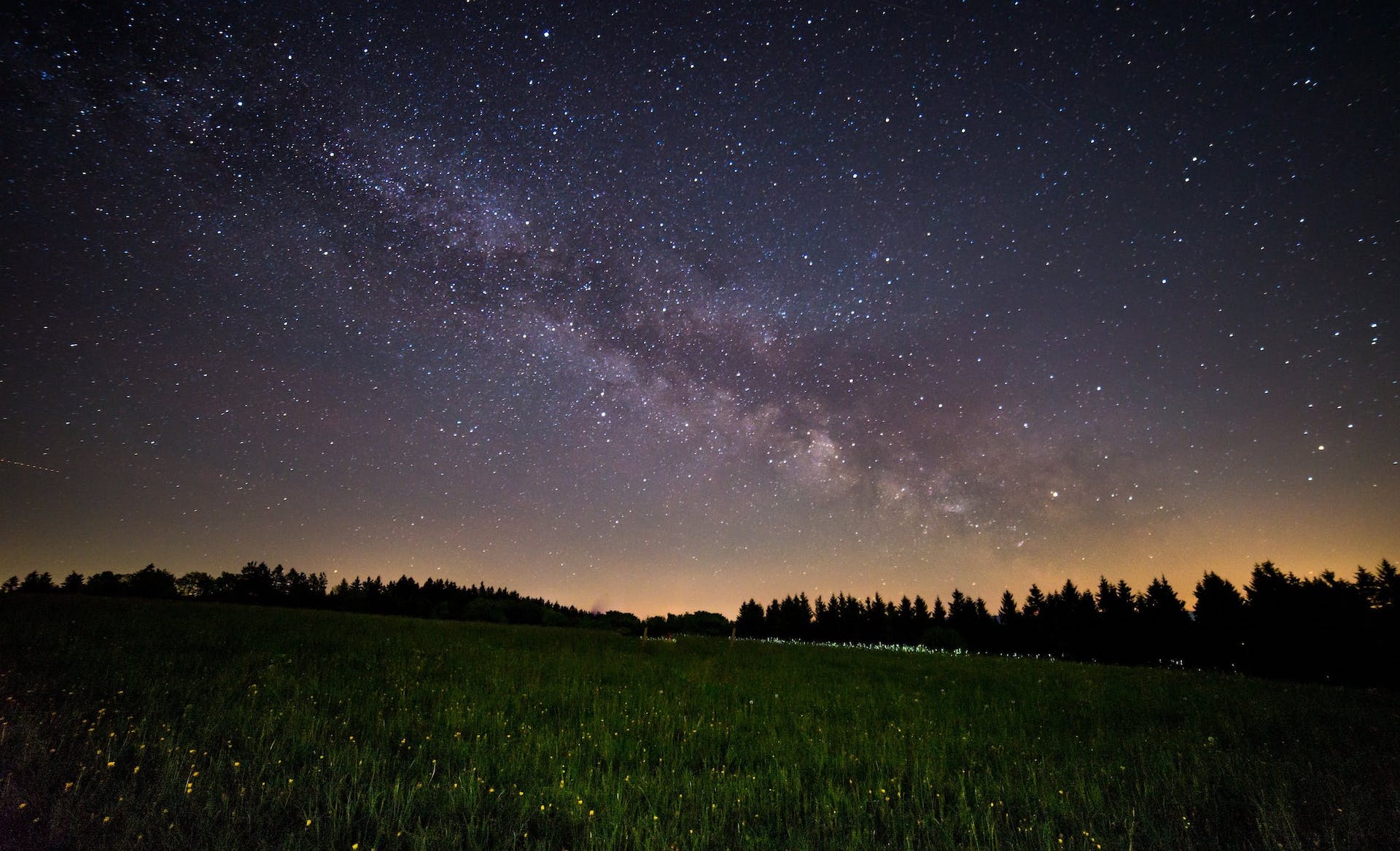
Source: Pixabay/Pexels
This lensing makes the Firefly Sparkle appear as an arc. “The Firefly Sparkle exhibits the hallmarks expected of a future Milky Way-type galaxy captured during its earliest and most gas-rich stage of formation,” the authors write.
The Age of Clusters Can Tell Us How Galaxy’s Grow
In the newly discovered early galaxy, the mass concentrates in 10 clusters, ranging from about 200,000 to 630,000 solar masses. The authors of the study say these clusters “straddle the boundary between low-mass galaxies and high-mass globular clusters.”
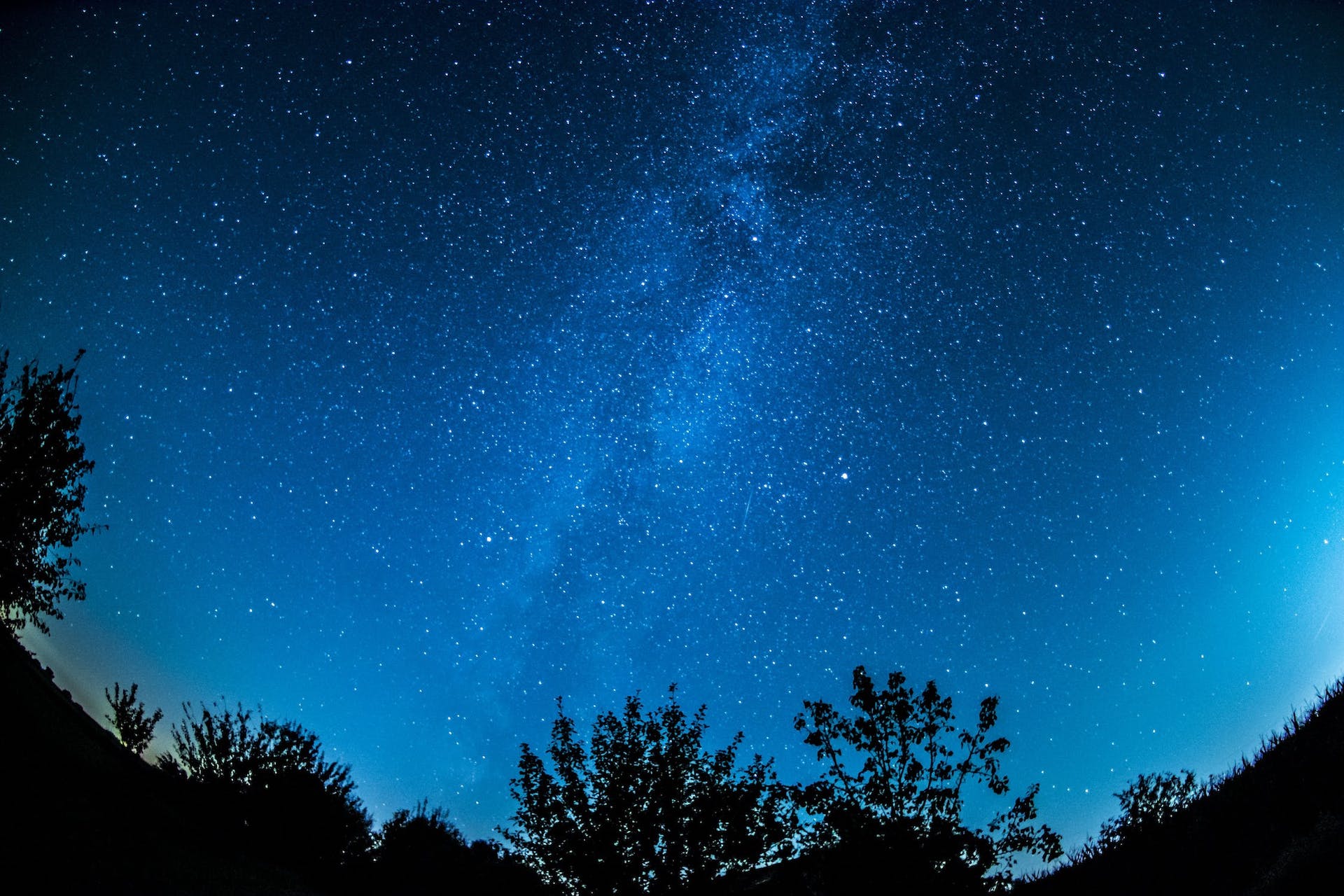
Source: Pixabay/Pexels
What makes these clusters significant is how they contribute to the galaxy’s growth. Studying the ages of the clusters revealed that they are both gravitationally bound and share similar star formation histories, suggesting a possible link between their formation and the galaxy’s overall evolution.
Firefly Sparkle Seems to be a Metal-Poor Environment
Researchers discovered that the central cluster has extremely high temperatures that reach about 40,000 Kelvin (40,000 C/72,000 F). It also has a top-heavy initial mass function, which signals that it formed in a very metal-poor environment.
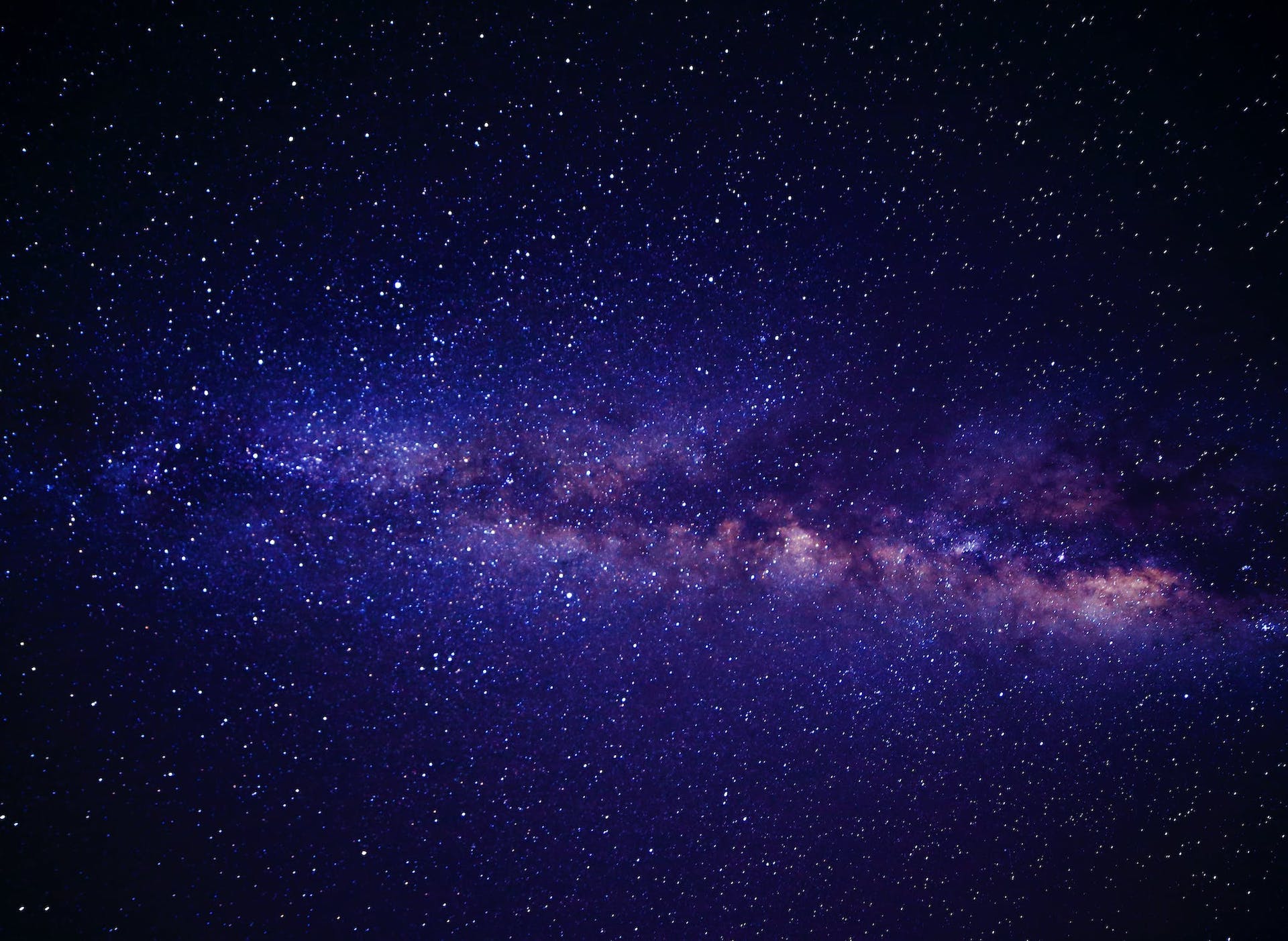
Source: Miriam Espacio/Pexels
These observations from the researchers and other evidence mentioned in the paper suggest that Firefly Sparkles is a predecessor of galaxies like ours.
Ancient Stars Could Die as Researchers Study the Distant Galaxy
“… Firefly Sparkle provides an unprecedented case study of a Milky Way-like galaxy in the earliest stages of its assembly in only a 600 million-year-old Universe,” the authors write. Through observations made within a supercomputer simulation called Illustris TNG, the researchers are building a comprehensive physical model of the Universe.

Source: Fabio Marciano/Pexels
However, space is constantly changing. Some ancient start clusters can’t survive forever, and many evaporate at any time during research. “Most of these star clusters are expected to survive to the present-day Universe and will expand and then get ripped apart to form the stellar disk and the halo of the galaxy,” the authors explain.
Why Is It Important to Study Ancient Galaxies?
The JWST’s primary goal is to study how galaxies formed and evolved in the early Universe. Through this research, studies can determine how clusters still form millions and billions of years later.
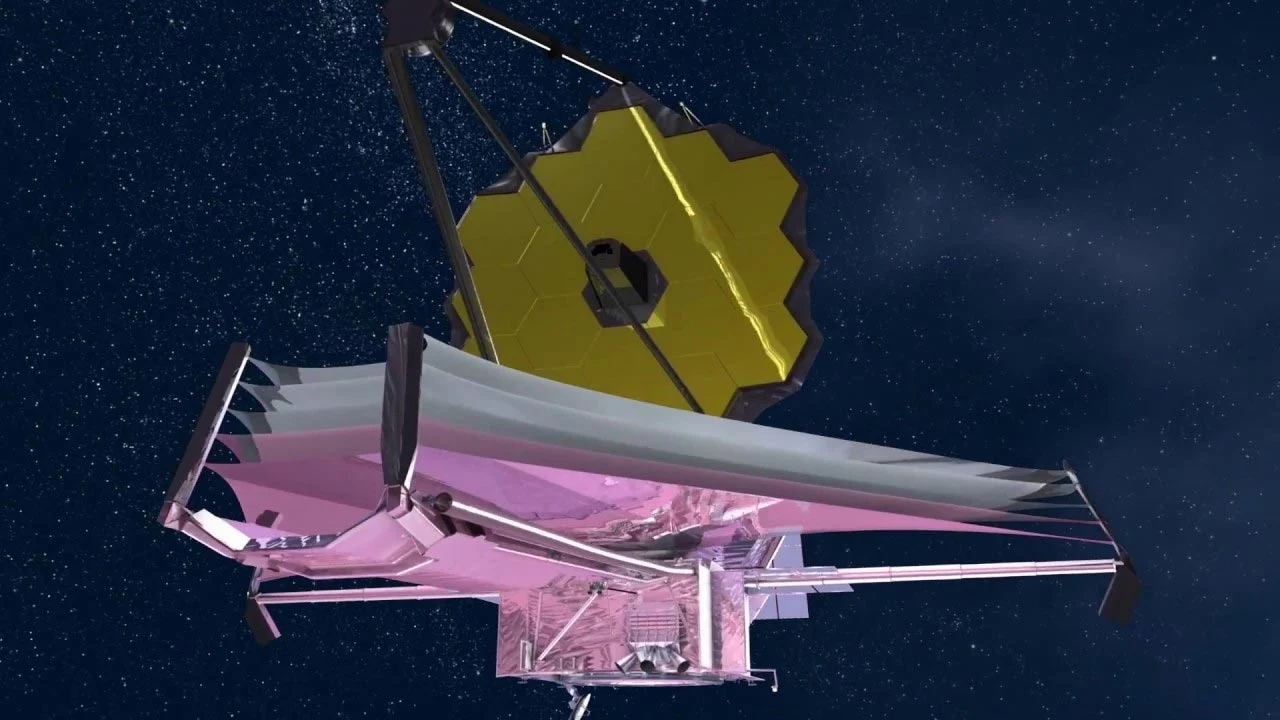
Source: NASA
“The Firefly Sparkle represents one of JWST’s first spectrophotometric observations of an extremely lensed galaxy assembling at high redshifts, with clusters that are in the process of formation instead of seen at later epochs,” the authors conclude.
